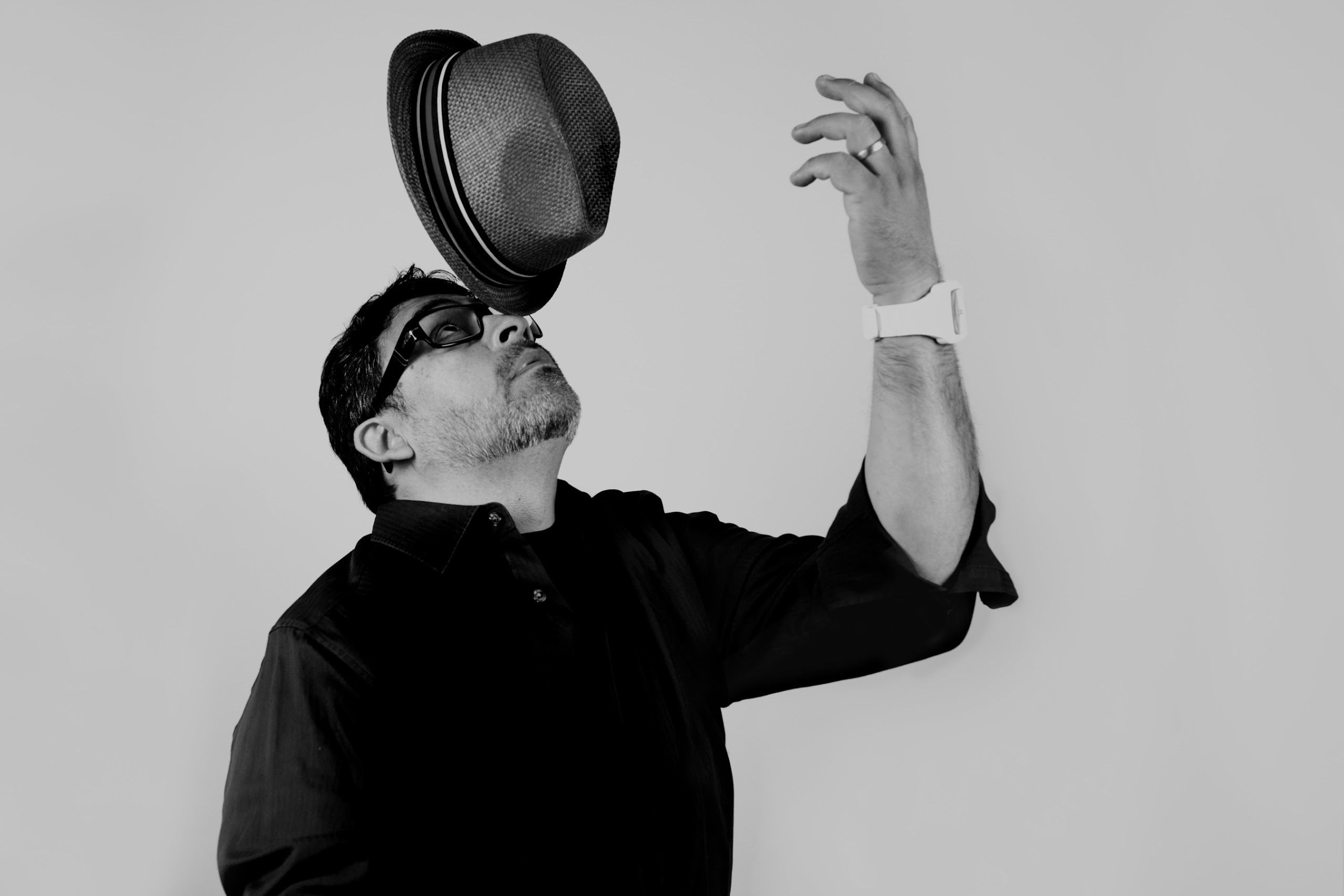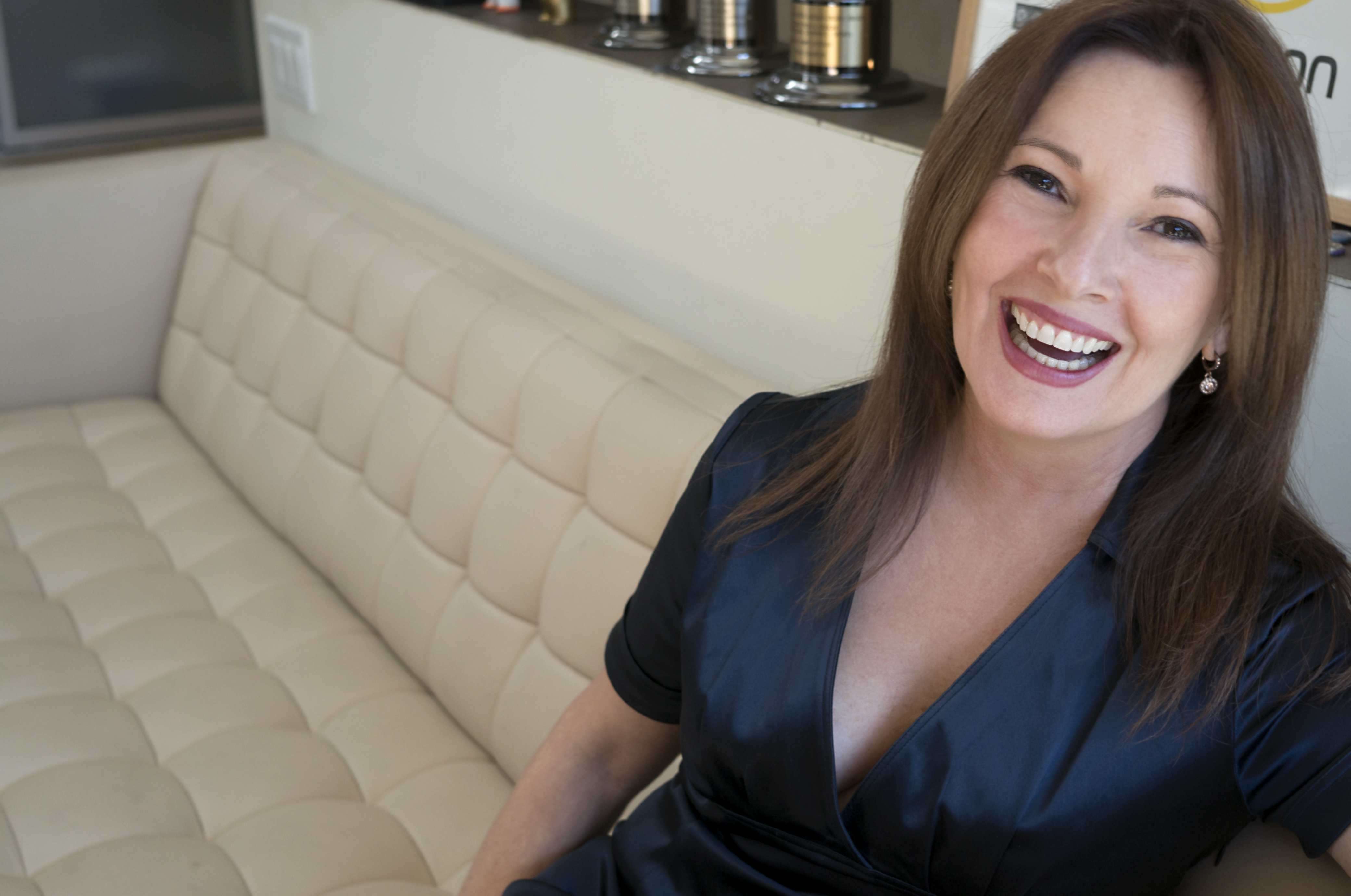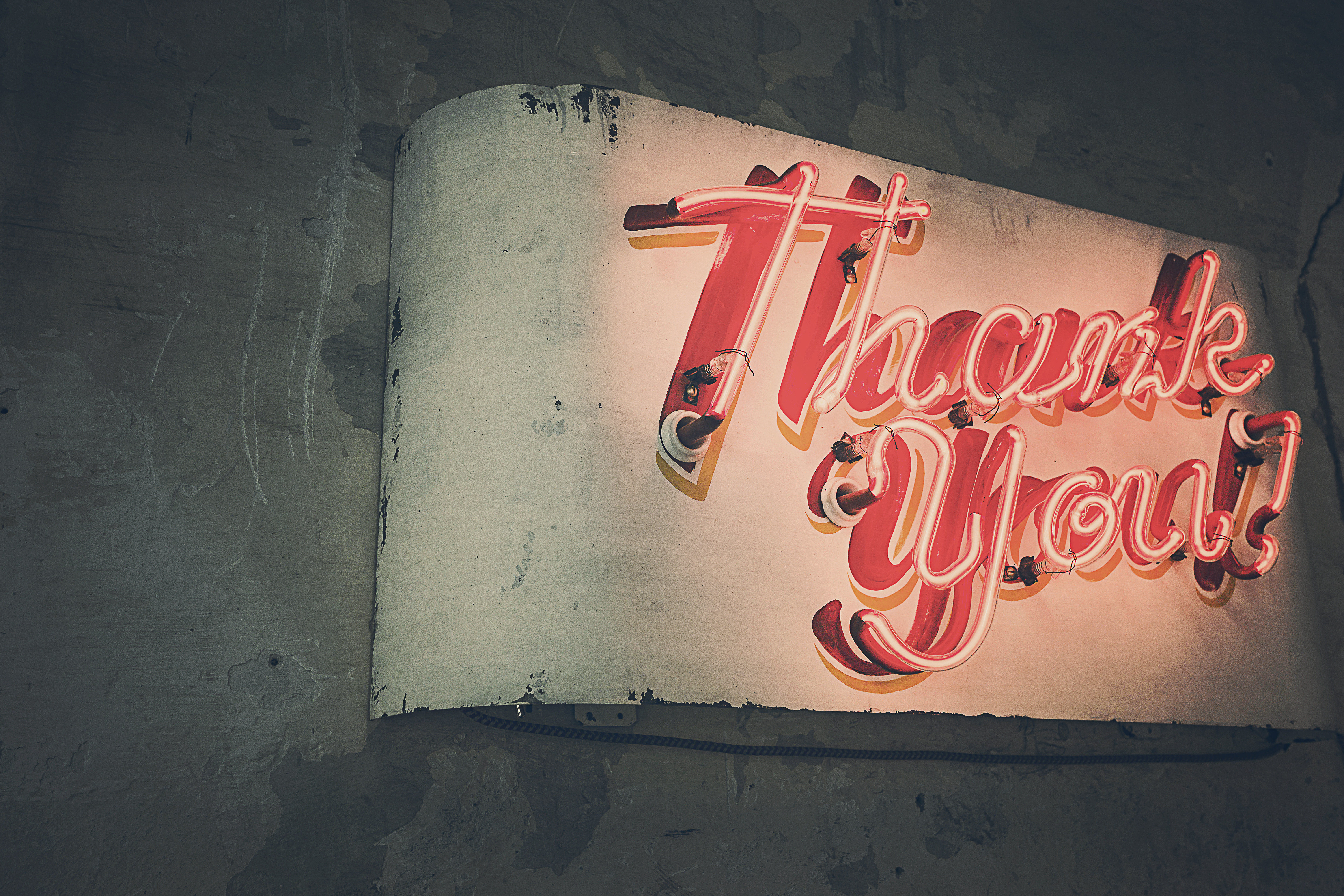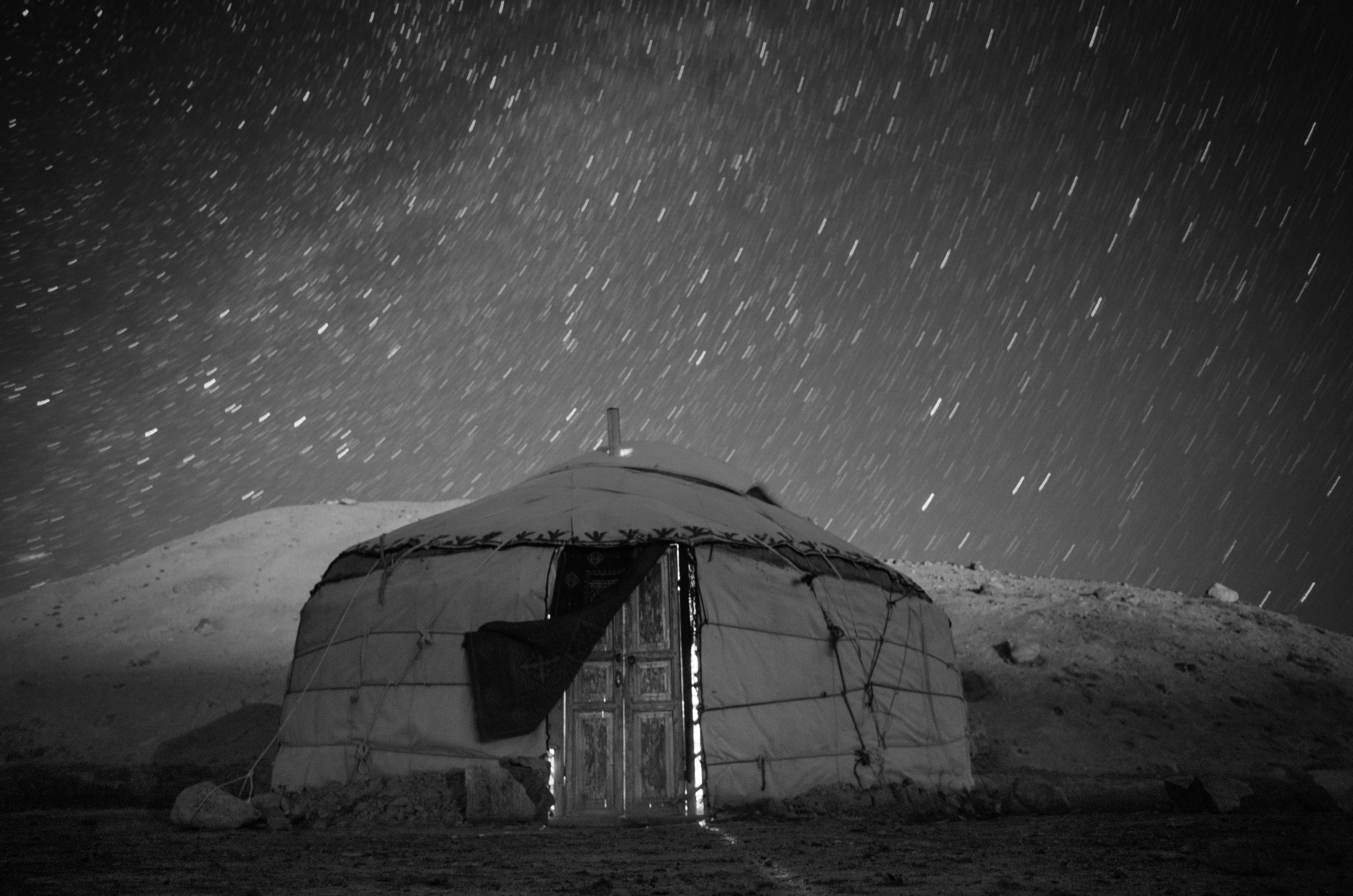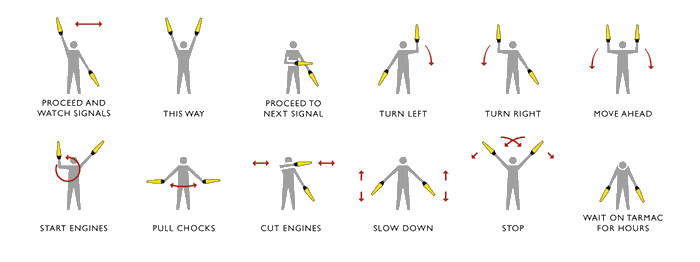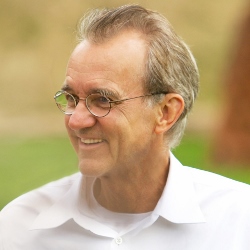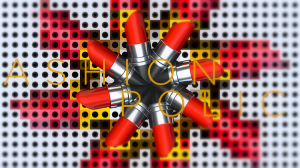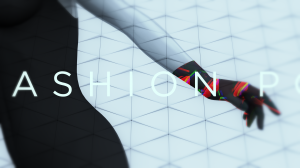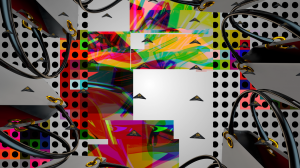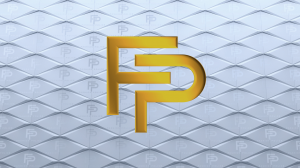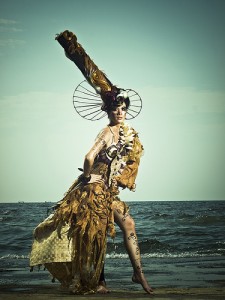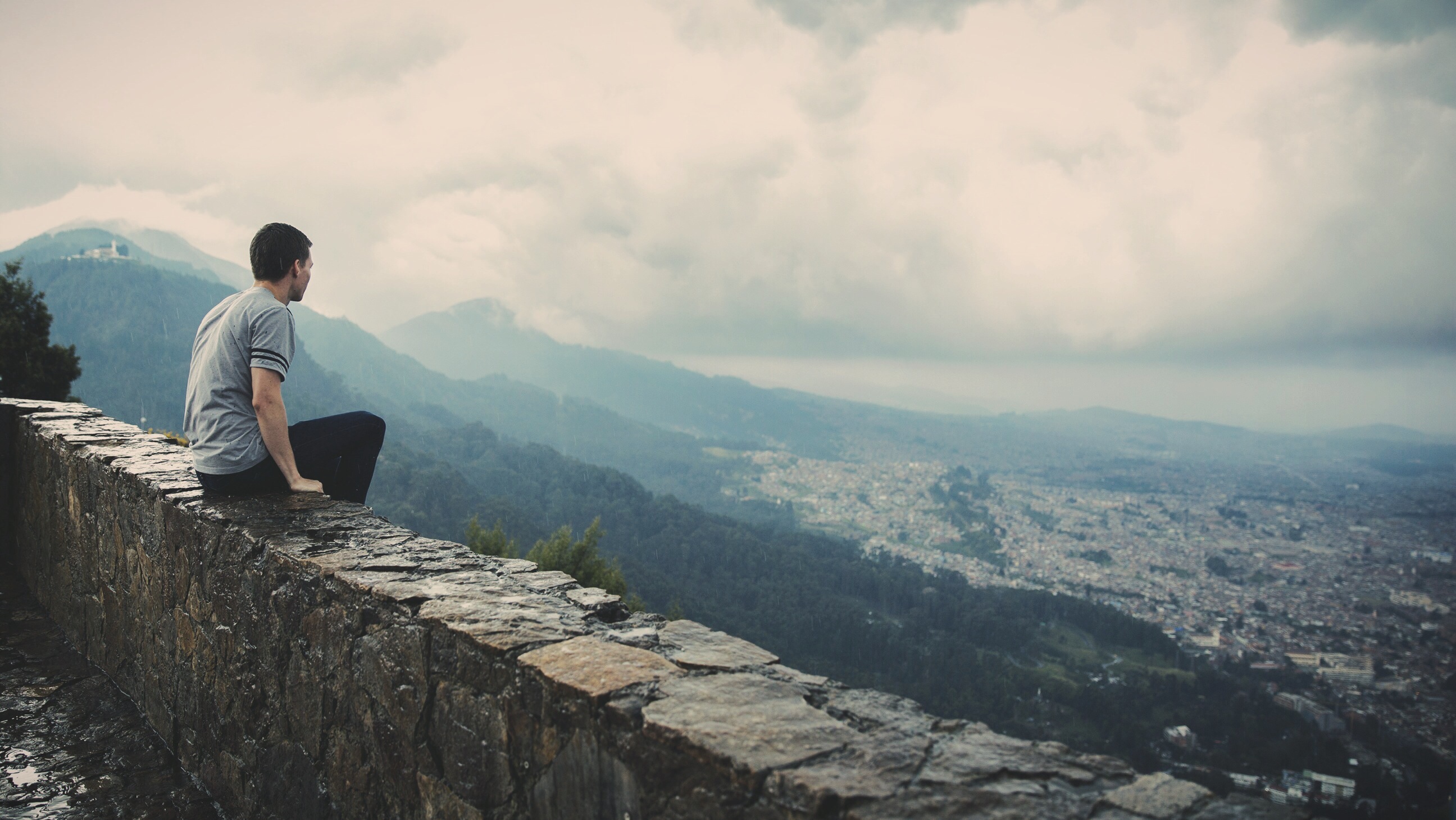
Paying attention is a radical act in a busy day. Photo courtesy of Unsplash/Joshua Earle
Stanley Kubrick once said “Observation is a dying art.” Kubrick was urging artists and creatives to do the increasingly impossible in our cacophonous worlds—pay attention. Sit quietly. Look and observe the small details in our day-to-day lives. Simple, but profoundly difficult.
And, it’s not just external distractions causing us to lose focus, but our own impulses. Ask any artist and they will tell you its the texture of their lives—everything from popular culture, art, television, social media, and nature to the urban life inspires them. But so much possibility for inspiration drives an innate fear of missing out on something that could spark our next idea, innovation and campaign. So embedded are we with sensory overload, we often jump to the next stimulating thought before fully processing the present.
This isn’t a phenomenon specific to our industry either—it’s built into our brains. Neuroscience research confirms that when processing information, our minds are wired to take cognitive shortcuts, we make snap decisions based on what we know. Or rather, what we think we know. So, while, say reading an interview with a creative whose work we admire, our brains are instantaneously cataloging, discarding and scanning over any information they think we already know, causing us to rush through, never really taking in the whole picture.
Henry David Thoreau saw the skill of observation as a matter of will, one that requires our attention to how we see. “It’s not what you look at that matters, it’s what you see.”

Look at the smallest of details, it will yield any number of patterns.
Inspired by these thinkers and this perspective, Oishii Creative developed an ethos that encapsulates how we brainstorm, create and execute ideas: Think like a tourist.
Think like you are new to a city. Put yourself in the mindset of mild confusion, in an unfamiliar place, perhaps lost and in need of an espresso. Sounds a little overwhelming, doesn’t it? That’s the idea. Thinking like a tourist forces your brain to take in and process new information as it comes rather than skipping over the familiar bits, because, if you can truly put yourself in that mindset, none of it is overly familiar. Outsmarting your thinking habits, the short-cuts you take is key to change your patterns.
Think like a tourist is a phrase and toolkit for us. It’s our pre-whiteboard mindset and process. It’s how we organize our internal process before we upload, work or collaborate with others. We believe the subtle and often overlooked details of how we see, perceive and interact with the world around us can make us better storytellers, innovators.
Let’s go back to the metaphor of travel because it’s an ideal way to explain thinking like a tourist. When most of us travel, disorientation and exhilaration script our movements. We’re contentedly confused, even with GPS, as new patterns and pathways merge into our consciousness. The New York Times “Cultured Traveler” writer Eric Weiner describes the best travel moments as “losing our bearings and finding new ones.”
And what can become activated during travel are our powers of acute observation. As a ‘tourist,’ your attention is amplified, if even for a short time, by everything new around you. From the trees to the people to the graffiti on the buildings, it’s a new din powerfully able to pique your senses.
Once you get acclimated to places, your brain settles back into making cognitive shortcuts as it routinely does when you’re not on vacation. But for those first ineffable hours, all bets are off, jolted from the old and into the new. This is the perspective we apply to ideas.
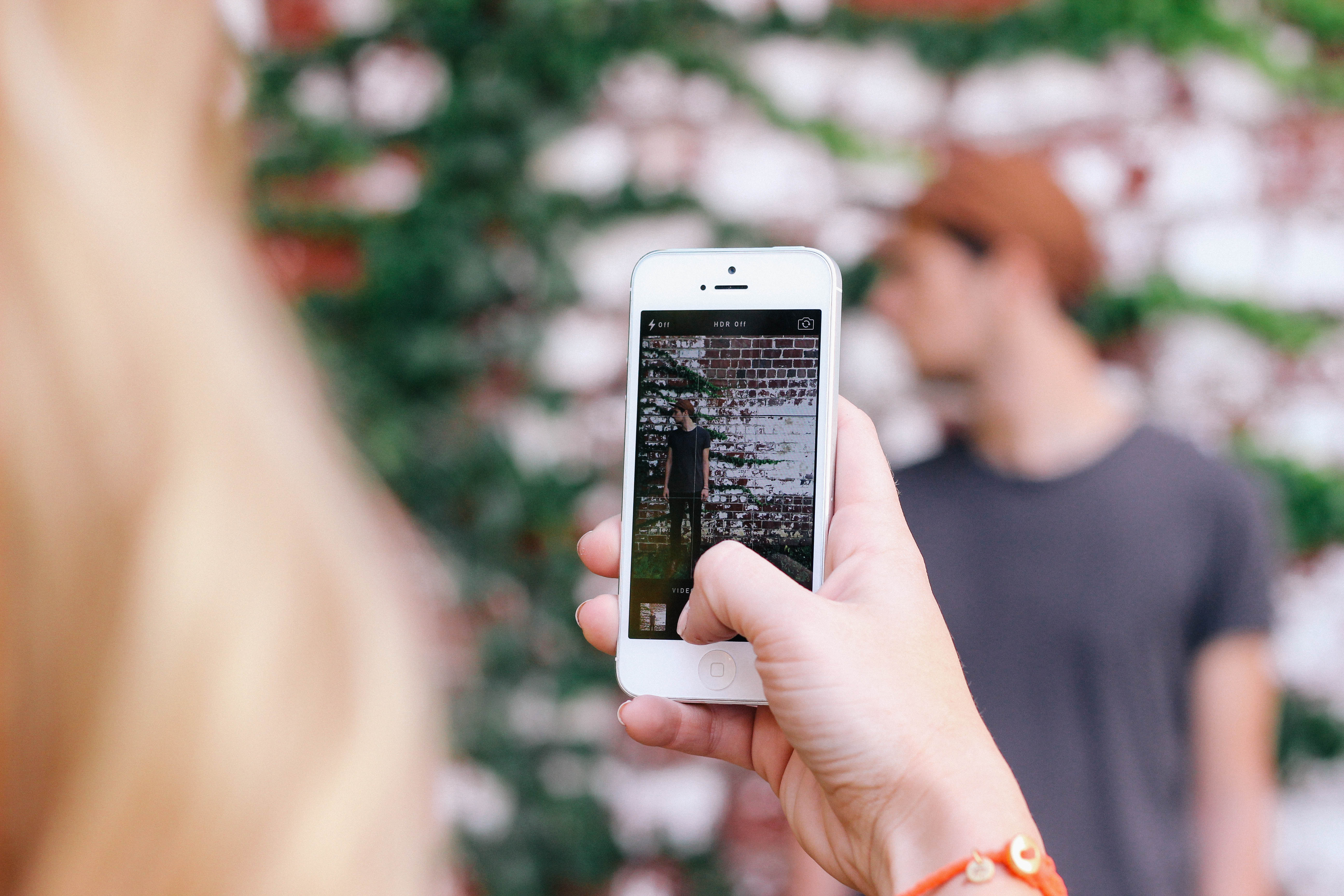
Auguste Rodin said it best when he quipped, “I know nothing, I only discover.” Whether you’re in a creative industry, using the world around you to make something new, the keen powers of observations are critical strengths. Art is the constant reinvention of new narratives, layers and meanings, and paying attention is no fool’s errand; it demands your whole person and intelligence.
So, before the next pitch, meeting or brainstorming session, spend some time as a tourist in your own head. Go sit somewhere and get lost, even if it’s just the park around the corner. Take in your surroundings. Embrace the unfamiliarity. Bring it back to the boardroom. And, if you need further inspiration, follow the words of poet Mary Oliver.
Instructions for living a life.
Pay attention.
Be astonished.
Tell about it.
Other photos courtesy of Deathtostock.com




